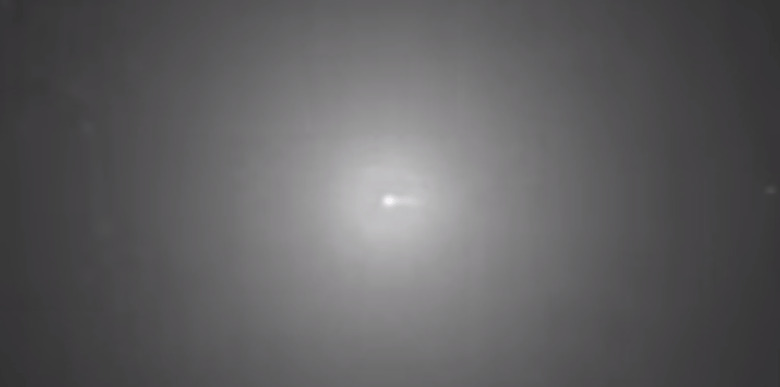Hubble Captures Time Lapse Of Shock Collision From Black Hole
In a galaxy far away — about 260 million light years from our planet, to be exact — there was a plasma jet blasted from within a giant black hole. We know this thanks to the Hubble telescope, which captured images of the event that were later assembled into a time-lapse video (which we have after the jump). This is said to show a "rear-end collision" of a couple of high-speed knots of matter being blasted out of a supermassive black hole. It's also the first discovery of such a phenomenon.
It took quite a bit of work to piece together the video shown below — two decades of Hubble images of NGC 3862, an elliptical galaxy, were assembled. The brightening seen in the video below is the result of a so-called shock collision between jets emitted by the black hole.
These jets move almost at the speed of light, with the knots being the larger somewhat circular brighter spots. Over the couple decades of observation, one of the knots moved forward and essentially merged with the knot in front of it. Such is the first observation of its kind.
The galaxy NGC 3862 is special because it is the sixth brightest of its kind, and is of only a handful of active galaxies showing visible jets like this. Check out the timeline below to see some other news involving the Hubble telescope!
SOURCE: Astronomy
